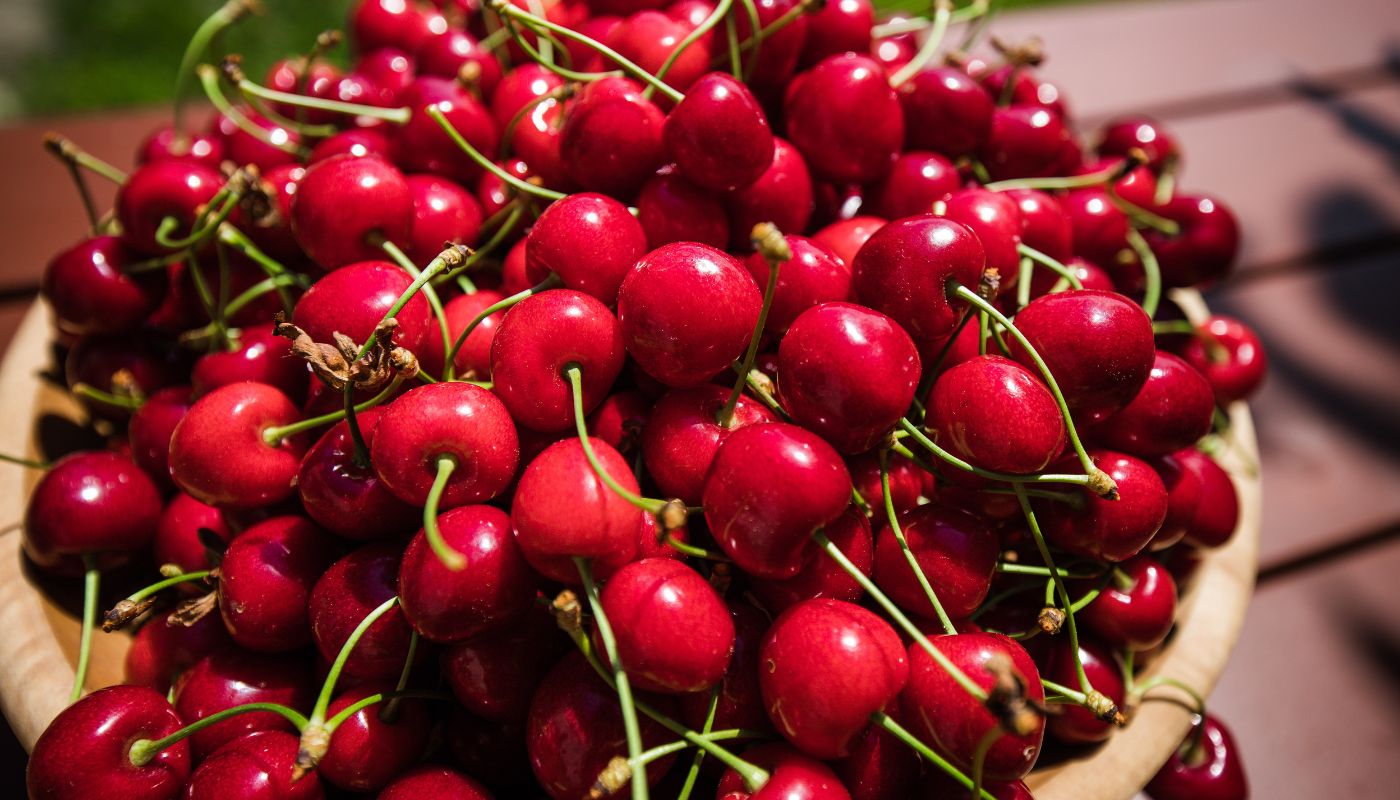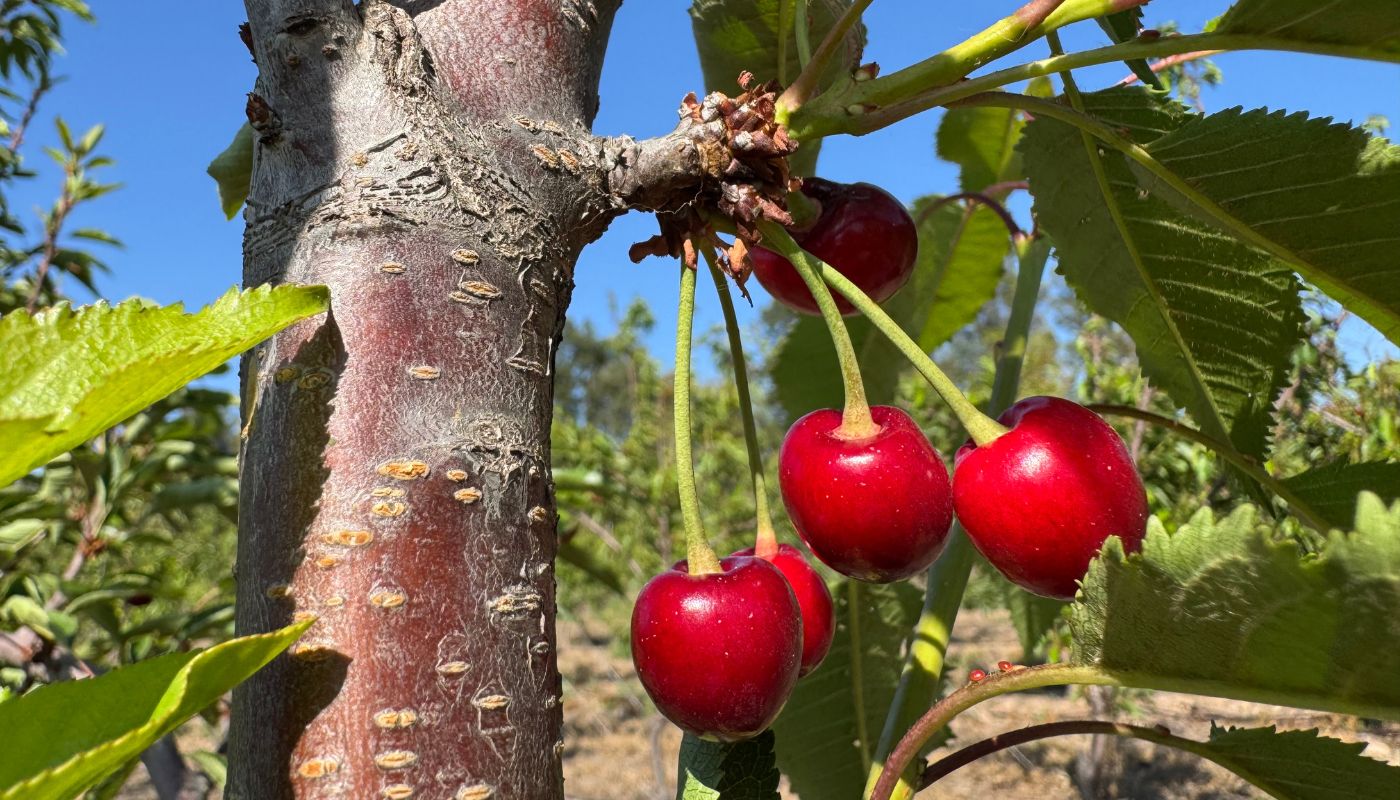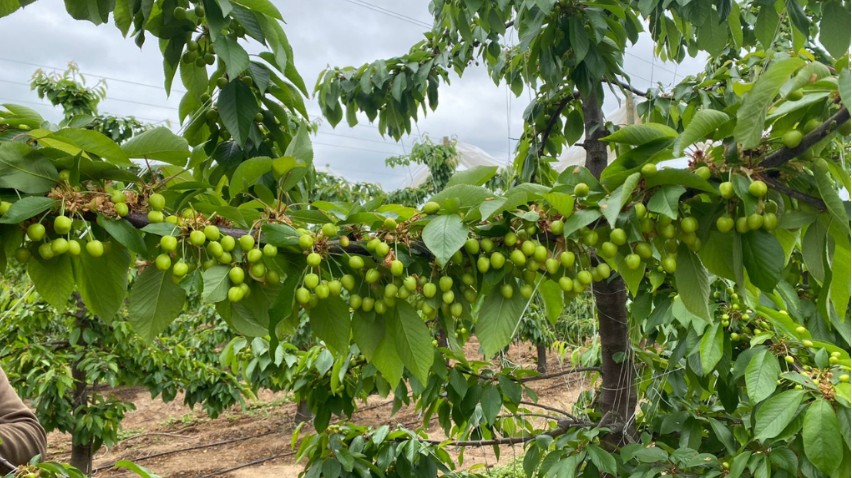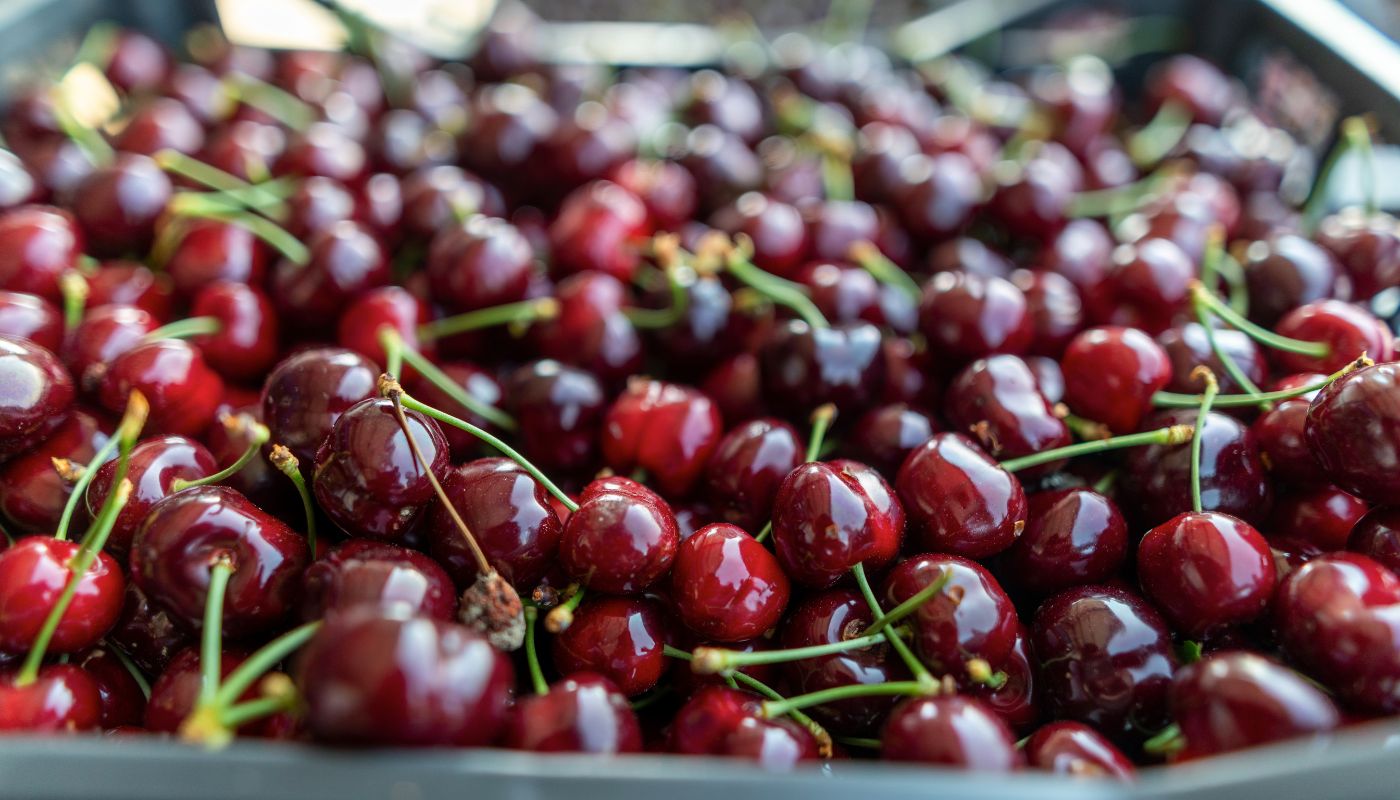As a high-value crop, cherries continue to offer significantly higher profit margins than most other fruits. China’s total cherry cultivation area reached 199,000 hectares in the 2024/25 season and is expected to further increase to 205,000 hectares in 2025/26.
While planting areas remain stable in traditional production regions such as Shandong and Liaoning, expansion is underway in other provinces such as Sichuan and Xinjiang. Despite less favorable natural conditions in these two provinces, greenhouse cultivation has boosted the development of local cherry industries.
The main variety grown under cover is Meizao (Bing, a popular early-maturing variety), while the share of Russian No. 8 and Summit is steadily increasing. For open-field cultivation, growers tend to prefer Meizao, Russian No. 8, Brooks, Kordia, Lapins, and Rainier.
There is strong demand among growers for varietal improvements, and new varieties continue to be introduced. In Sichuan, for example, local growers have developed three new cultivars—Shuzaomei, Shuzimei, and Shuguimei—known for their early maturation, long shelf life, and high yields. Other emerging varieties, such as Rocket and Linglongcui, have also entered the market, although current production volumes remain limited.
Values and Supply
In recent years, increased market supply has led to a steady decline in cherry prices. Concentrated harvesting and the marketing of important domestic varieties, such as Meizao, have led to short-term supply spikes, increasing pressure on retail prices.
In the 2024/25 season, an oversupply of Chilean cherries led to a sharp drop in prices, further reducing profit margins on domestic cherries, particularly those grown in greenhouses. For example, a greenhouse grower in Dalian reported that its Meizao cherries were purchased at around 70 Chinese yuan (US$9.75) per kilogram, a 15% decrease from the previous season.
With the expected continued growth in the supply of Chilean cherries, prices could fall further in the 2025/26 season. However, large, high-quality cherries can still fetch a premium, while smaller ones generally sell at a discount.
Driven by increased global and domestic supply, greater availability, and improved fruit quality, cherry consumption in China is growing rapidly. Chinese consumers have shown strong demand for fresh cherries, with higher quality expectations, favoring large, dark-colored, firm varieties with high sugar content. With the development of e-commerce and improvements in cold chain logistics, imported cherries have penetrated lower-tier cities and are increasingly becoming part of daily fruit consumption.
Cherry imports from China have shown steady growth in recent years, rising from 388,000 metric tons in the 2023/24 season to 552,500 metric tons in 2024/25, with projections indicating a further increase to 600,000 metric tons in 2025/26.
Thanks to its large supply volume and perfect timing with the Chinese New Year sales window, Chile has long dominated the Chinese cherry market. The zero-tariff policy under the China-Chile Free Trade Agreement, coupled with historically strong profit margins, has led to over 90% of Chile’s cherry exports being sent to China. In the 2024/25 season, Chilean cherry exports to China increased by 44% year-on-year, and even higher volumes are expected in 2025/26.
Source: Fruits from Chile









